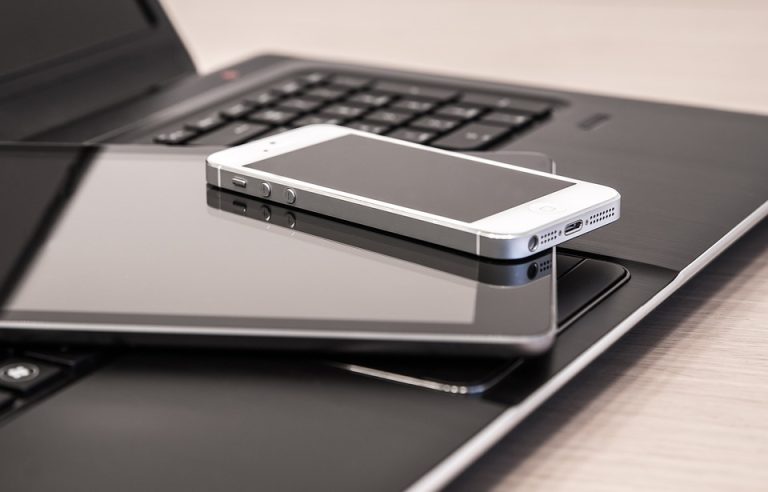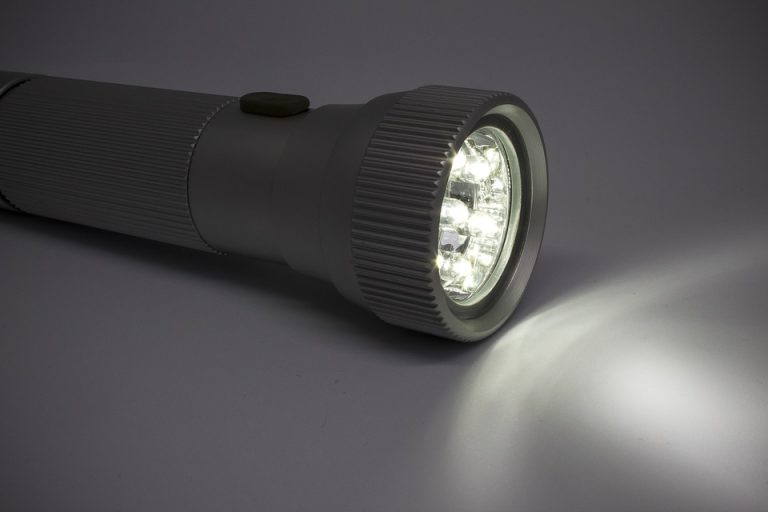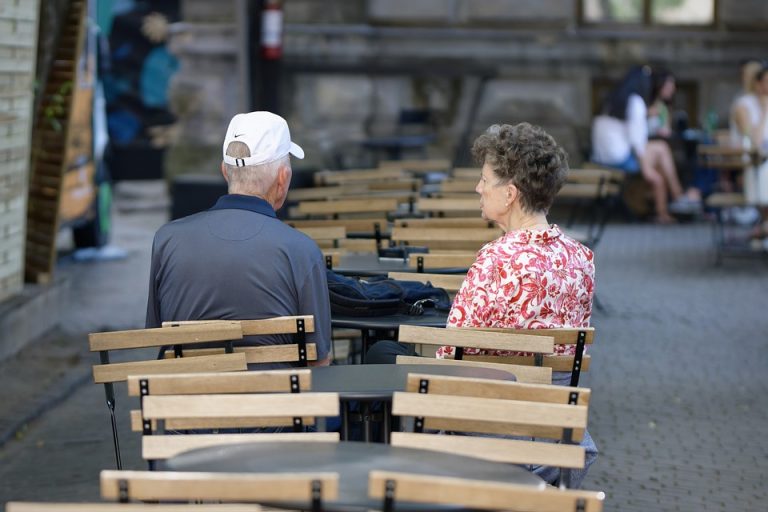Emergencies can strike at any moment, and having a well-prepared family emergency kit is essential to ensure the safety and well-being of your loved ones. While it’s easy to get overwhelmed by the thought of creating an emergency kit, you don’t need to break the bank to be adequately prepared. In this article, we’ll guide you through the process of creating a family emergency kit on a budget, so you can rest easy knowing your family is ready for the unexpected.
- Assess Your Needs

Before you start putting together your emergency kit, take some time to assess your family’s specific needs. Factors to consider include:
- The number of family members
- Any special family circumstances
- Special dietary requirements
- Medical needs
- Local climate and potential hazards (e.g., earthquakes, hurricanes, wildfires)
Tailoring your kit to your family’s unique circumstances will help you avoid unnecessary expenses and ensure you have the essentials covered.
- Set a Budget
Establishing a budget is a crucial step in creating a cost-effective emergency kit. Determine how much you can afford to spend on your kit and stick to it. Remember that you don’t need to buy everything at once; you can gradually build your kit over time.
- Prioritize Essentials

Start with the most critical items for your family’s survival and comfort during an emergency. These essentials include:
- Water: Aim to store or purify at least one gallon per person per day for a minimum of three days.
- Non-perishable food: Stock up on canned goods, dried fruits, nuts, and other long-lasting items. Don’t forget a manual can opener.
- First aid supplies: Assemble a basic first aid kit that includes bandages, antiseptic wipes, pain relievers, and any necessary prescription medications.
- Flashlights and batteries: Choose LED flashlights for energy efficiency and long battery life.
- Multipurpose tool or knife
- Important documents: Keep copies of identification, insurance policies, and personal documents in a waterproof container.
- Cash: Include some small bills in your kit in case ATMs and card readers are unavailable during an emergency.
- Personal hygiene items: Toothbrushes, toothpaste, soap, and sanitary supplies.
- Warm clothing and blankets: Pack extra clothing and blankets appropriate for your climate.
- Hunt for Bargains
To stay within your budget, look for deals and discounts when shopping for emergency kit items. Consider the following money-saving strategies:
- Buy in bulk: Purchase non-perishable food items and water in larger quantities to take advantage of bulk discounts.
- Shop sales and clearance items: Keep an eye out for discounted emergency supplies in stores and online.
- Use coupons and discounts: Check for coupons and discount codes from manufacturers and retailers.
- Consider second-hand items: Some emergency kit components, like backpacks, can often be found in good condition at thrift stores.
- DIY Solutions
In some cases, you can save money by creating your own emergency supplies. For example:
- Make your own first aid kit: Purchase individual first aid items and assemble your kit, which can be more cost-effective than buying a pre-made kit.
- DIY hygiene items: Create personal hygiene items like hand sanitizer or cleaning wipes using readily available ingredients.
- Reusable containers: Repurpose containers you already have at home for storage instead of buying new ones.
- Homegrown food: Grow your own food and preserve it yourself.

- Rotate and Maintain
Once you’ve assembled your family emergency kit, it’s important to maintain it. Regularly check expiration dates on food and medications and replace any expired items. Also, update your kit as your family’s needs change.
Creating a family emergency kit on a budget is not only possible but essential for ensuring your family’s safety during unforeseen events. By assessing your needs, setting a budget, prioritizing essentials, hunting for bargains, considering DIY solutions, and maintaining your kit, you can build a cost-effective and reliable emergency preparedness solution that gives you peace of mind. Remember, it’s not about how much you spend; it’s about being prepared for whatever comes your way.



